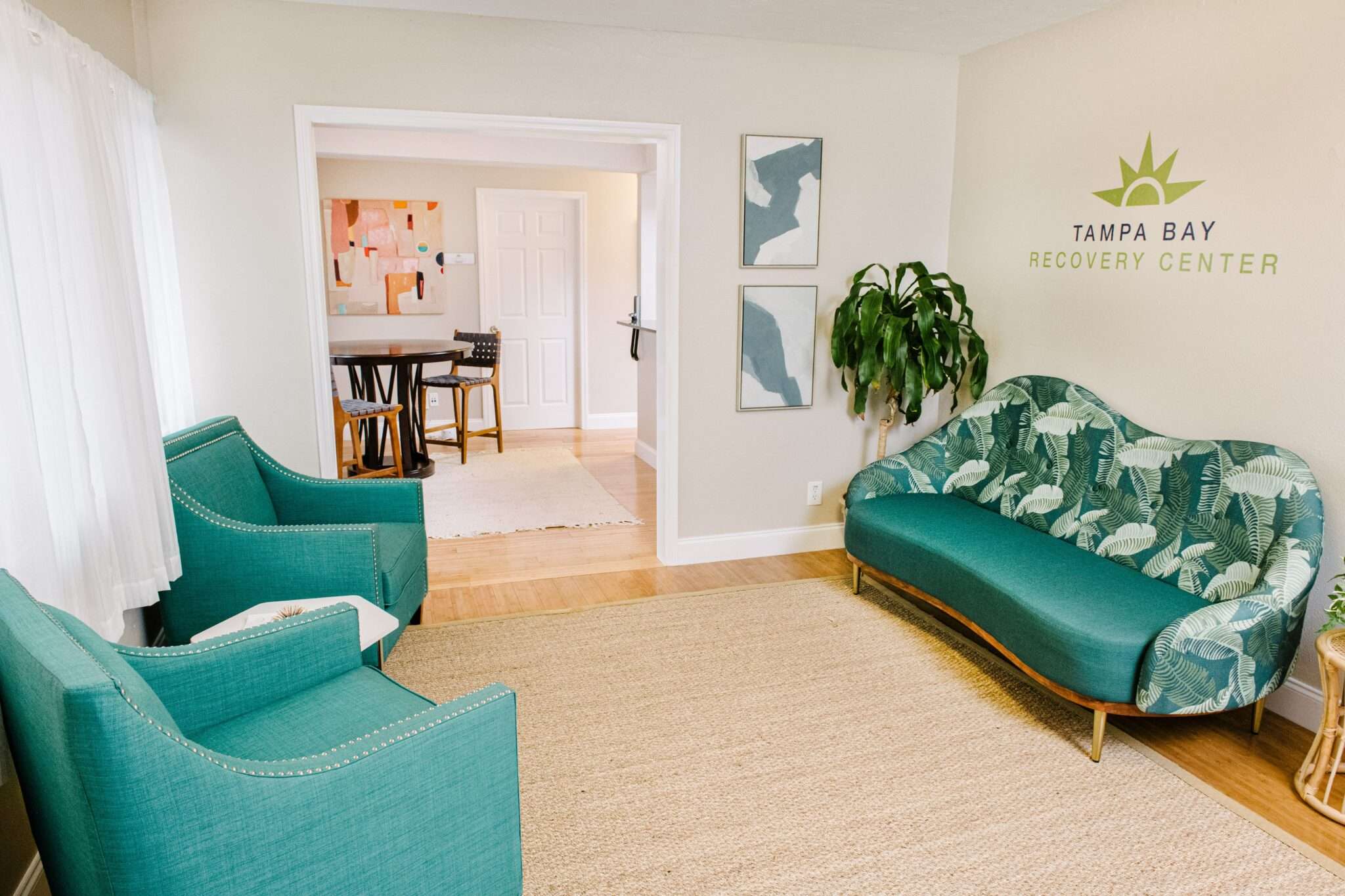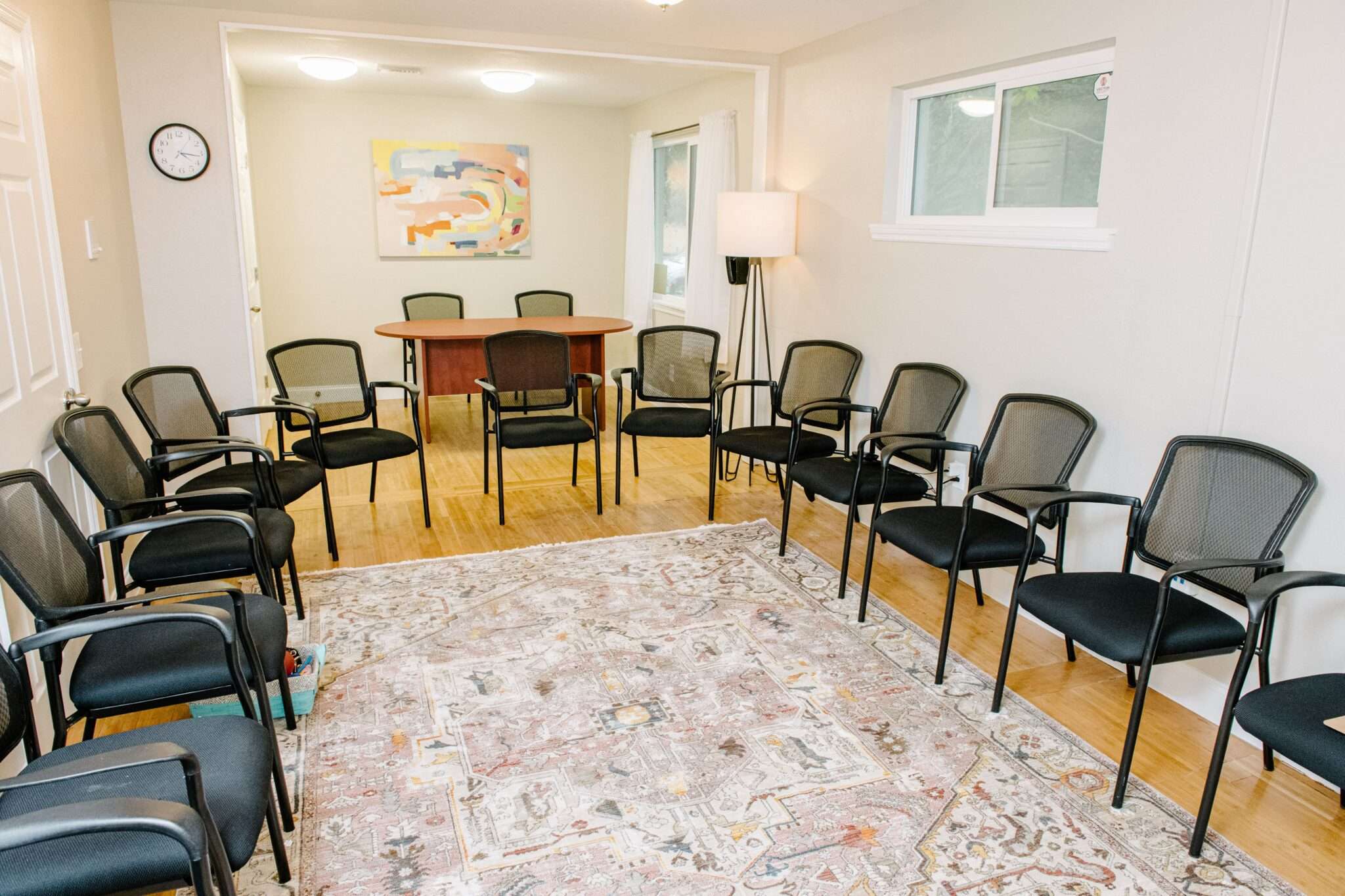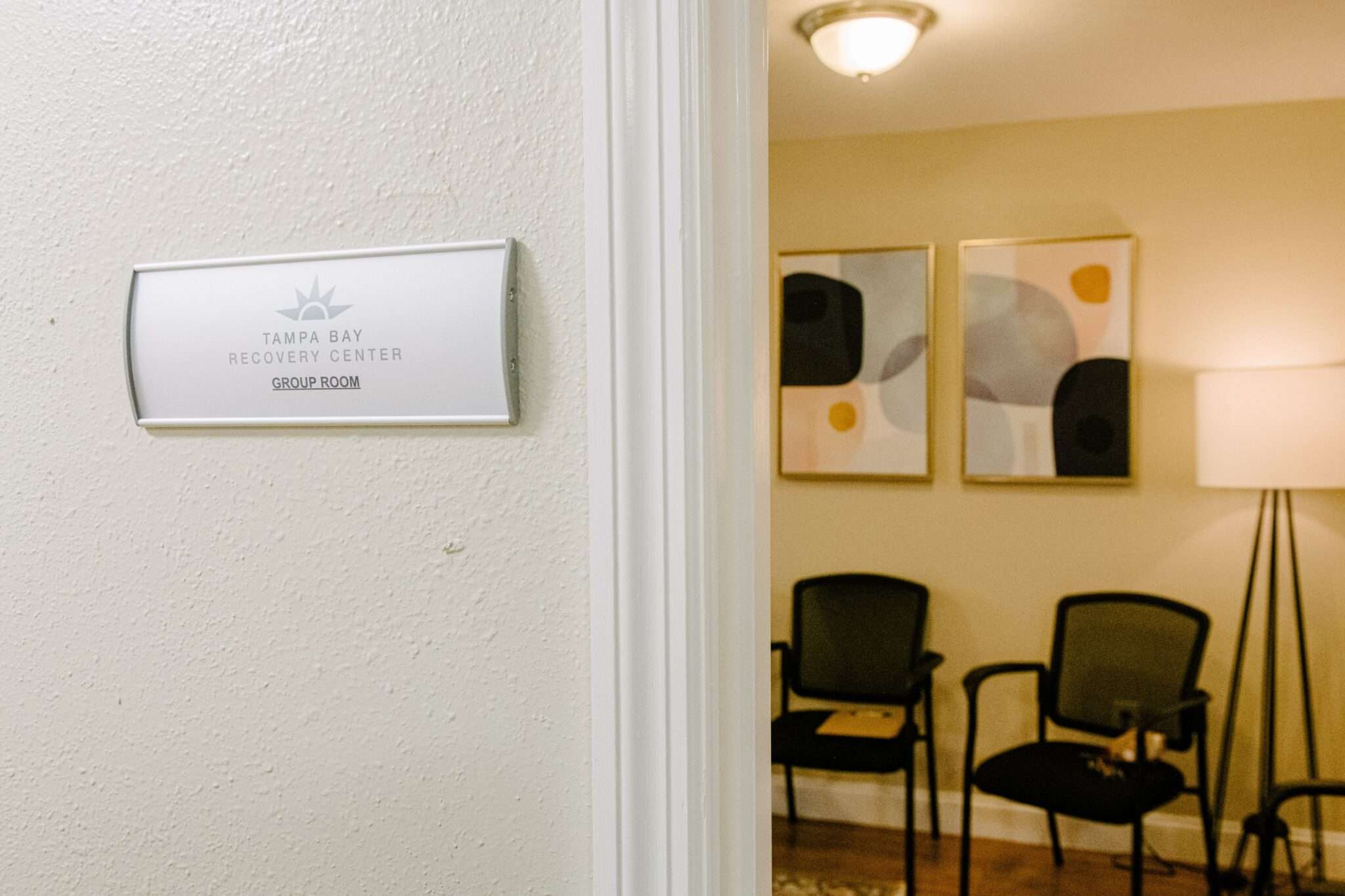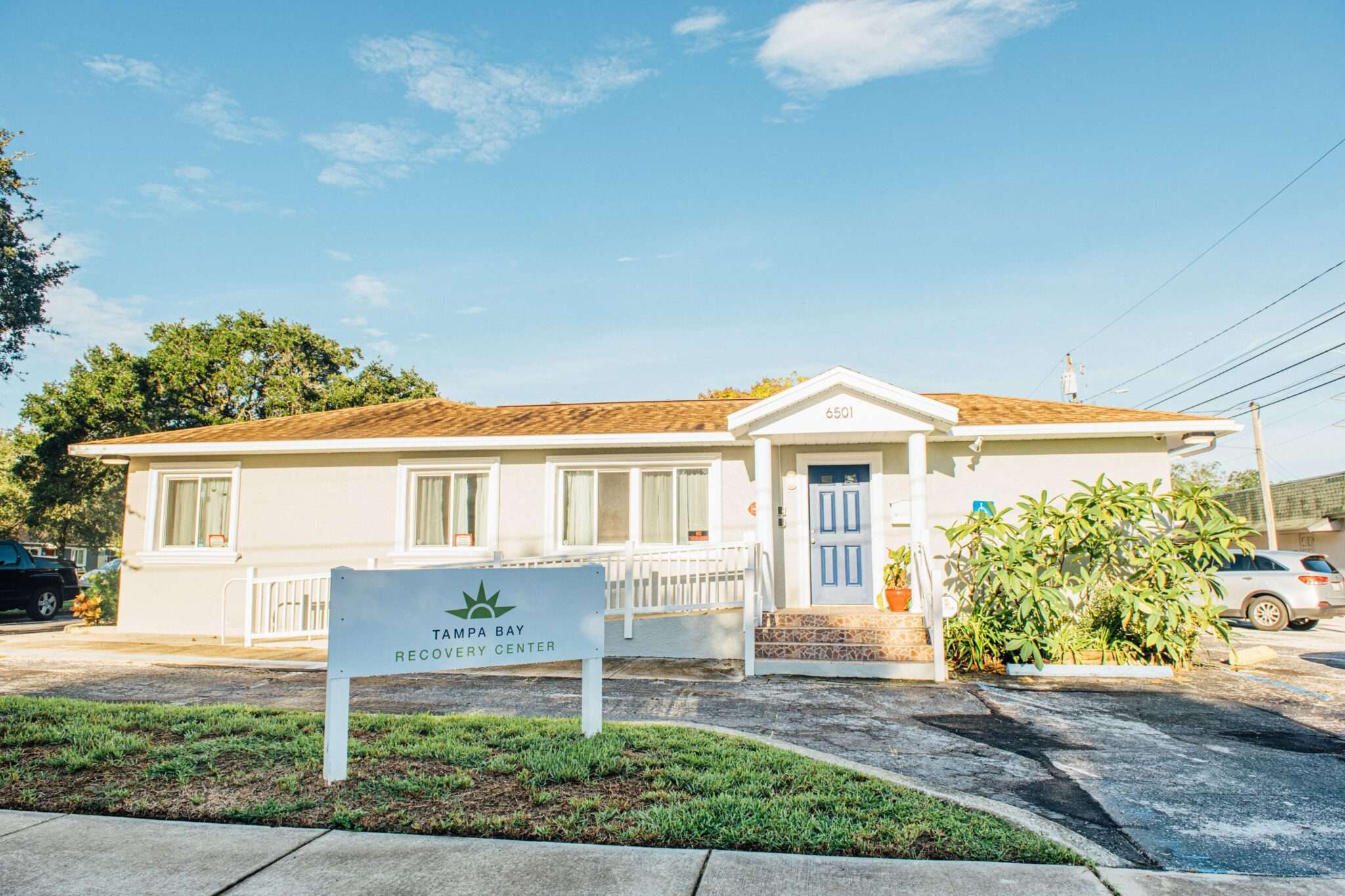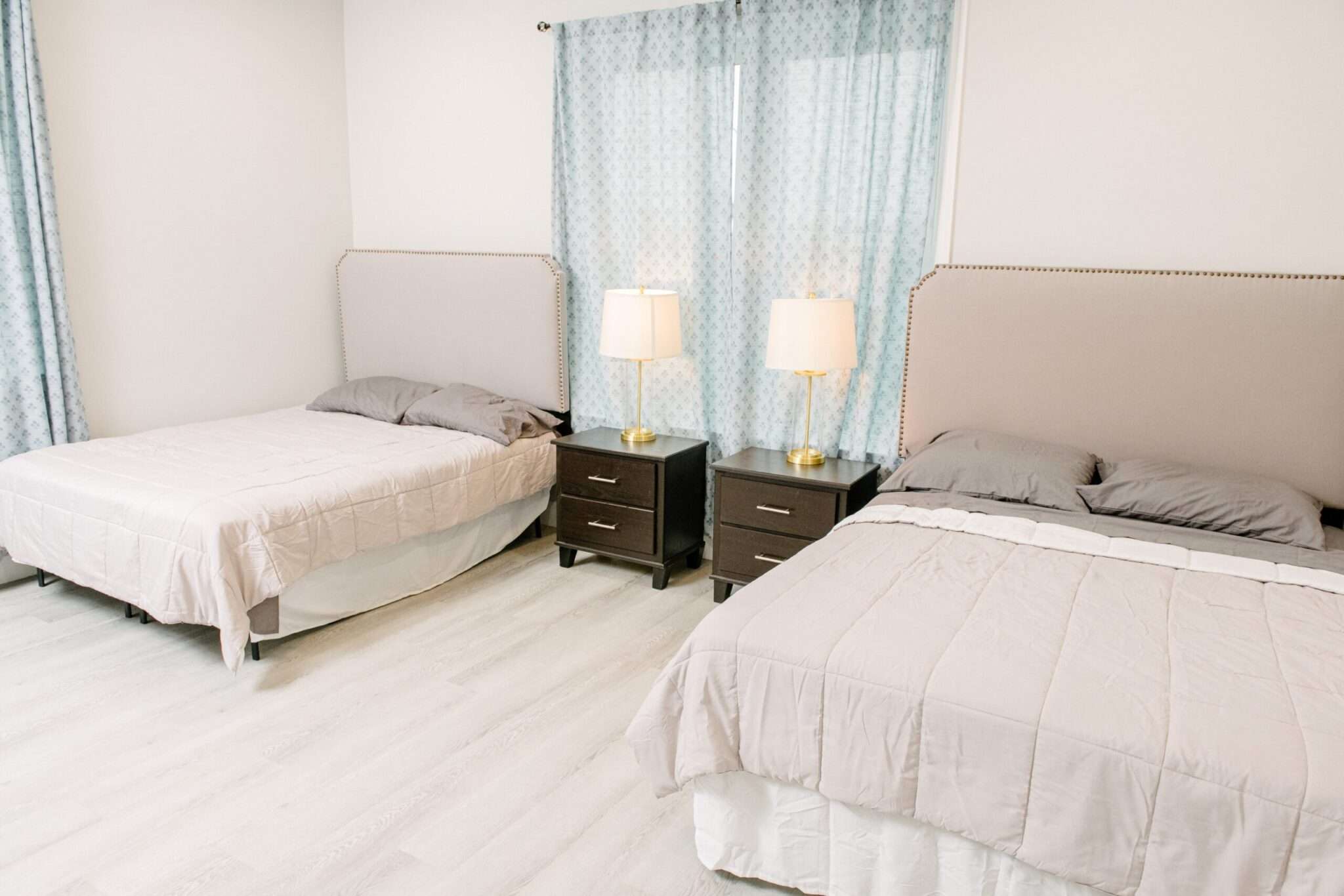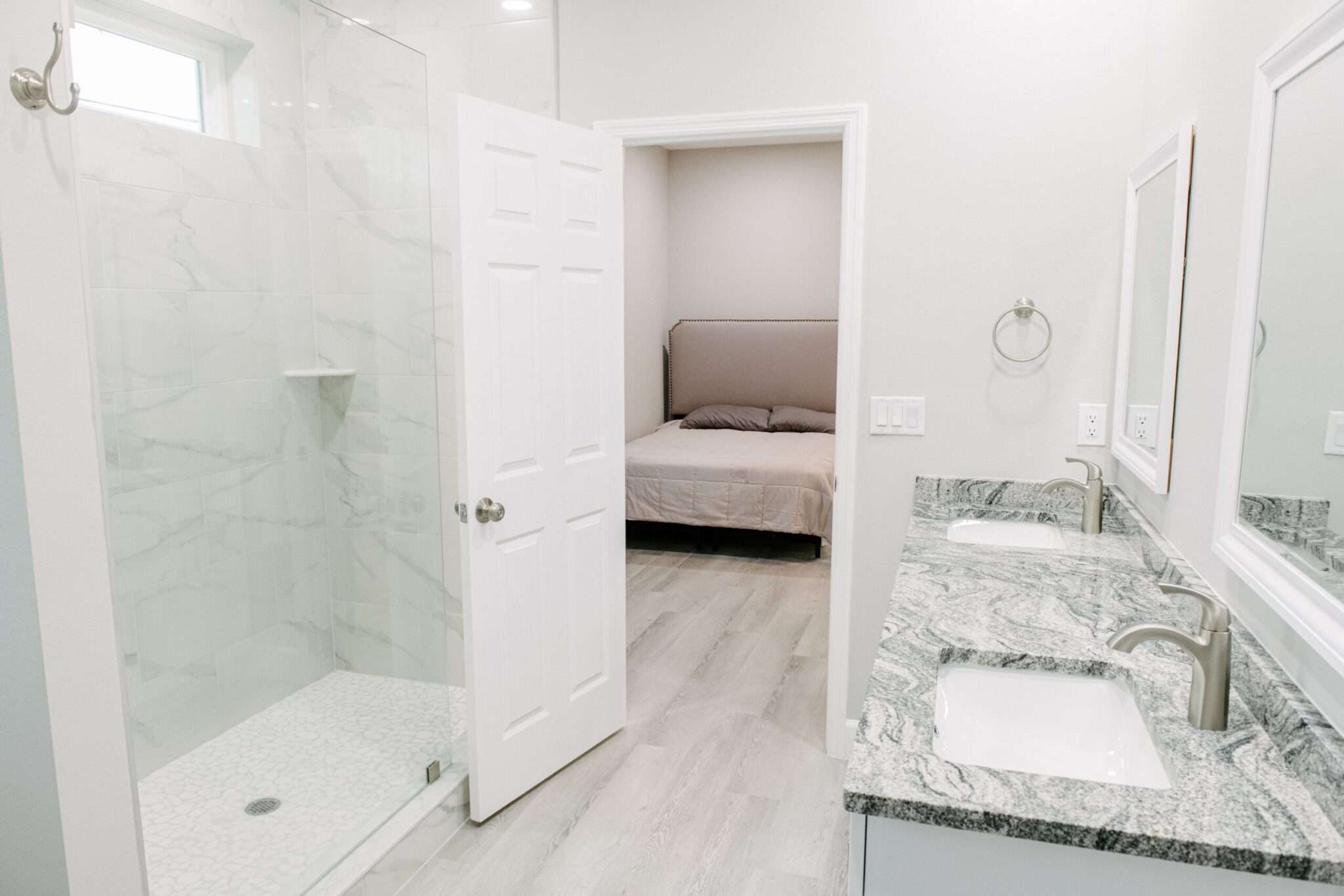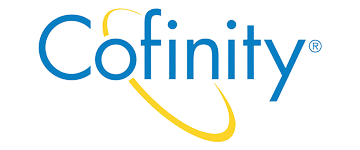Anxiety and depression are among the most common types of mental health disorders in the US. Due to overlapping symptoms and similar root causes, many people have both—or, a mixed anxiety and depressive disorder. As a result, symptoms of one disorder feed into the symptoms of the other.
Gulf Coast Recovery Center can help you or your loved one overcome anxiety and depression. Visit our admissions page today to get started.
What is Mixed Anxiety and Depressive Disorder (MADD)?
According to Psychiatry Research, mixed anxiety-depressive disorder (MADD) is a “diagnostic category defining patients who suffer from both anxiety and depressive symptoms.” While this definition is fairly obvious, this diagnosis was relatively new when the previously mentioned article was published in 2000. Therefore, prior to that, you might have been diagnosed—and consequently treated for—only one or the other diagnosis.
Why does this matter? Oftentimes, when you display symptoms of a mental health disorder, you could have co-occurring issues that are overlooked. And since depression and anxiety feed into one another in people with MADD, treating only one disorder doesn’t treat the entire issue.
Furthermore, given the prevalence of co-occurring anxiety and depression, a proper diagnosis and treatment is a necessity. An article published in Depression and Anxiety states that “Approximately 85% of patients with depression also experience significant symptoms of anxiety. Similarly, comorbid depression occurs in up to 90% of patients with anxiety disorders.”
The article continues by adding that (compared to people with only one of these disorders) clients with MADD don’t respond as well to therapy, have symptoms for much longer, and have less positive outcomes during treatment.
Why Do Anxiety and Depression Co-Occur?
Anxiety and depression co-occur mainly because both share overlapping symptoms and risk factors (causes). For instance, both disorders can cause low self-esteem, feelings of hopelessness, fatigue, and irritability. And since they share common risk factors, being at risk of either disorder puts you at risk of developing both disorders.
Risk factors of anxiety and depression include the following:
- Family history of mental illness
- Adverse Childhood Experiences (ACEs)
- Exposure to traumatic events
- Major life changes (moving, divorce, marriage, childbirth, etc.)
- Significant medical issues (cancer diagnosis, chronic pain, stroke, etc.)
- Drug and alcohol abuse
- Chemical imbalances in the brain
In addition, mixed anxiety and depressive disorder is cyclic in nature. This means that depressive symptoms cause anxiety and vice versa. For example, when you sleep in due to depression you could get anxious about losing your job for showing up late.
Another example would be excessive worry from anxiety can make it difficult for a person to engage in a new hobby. Since they aren’t challenging themselves, they don’t develop self-esteem and confidence. As a result, they could feel worthless or empty—symptomatic of depression.
Signs of Mixed Anxiety and Depressive Disorder
Anxiety and depression cause several physical and mental health symptoms. Again, these symptoms become cyclic when you have MADD. In other words, you won’t have these symptoms all at the same time. However, you can usually draw a line from one symptom to another.
The following are physical symptoms of MADD, which occur without a medical explanation:
- Muscle tension and pain
- Nausea
- Fatigue
- Change in appetite
- Unintentional weight gain or loss
- Profuse sweating
- Sleep issues
- Diminished sex drive
Mental health symptoms of MADD include the following:
- Persistent worry
- Feeling empty, hopeless, or worthless
- Negative thought patterns
- Lack of motivation
- Irritability
- Difficulty thinking or concentrating
- Loss of interest in pleasurable activities
Of course, you might have these symptoms from time to time without a mental health disorder. For instance, if you are grieving, you could feel lethargic as you process the changes in your life. However, if your symptoms appear for no apparent reason or worsen over the course of weeks or months, you might have a mixed anxiety and depressive disorder.
5 Coping Strategies for MADD
You can engage in healthy coping strategies to lessen the severity of your symptoms of MADD. Oftentimes, when you have mental health symptoms, you stop doing things that could be helpful. So, one way to combat these symptoms is to engage in helpful activities—even if only for a few minutes each day.
The following are five coping strategies for mixed anxiety and depressive disorder:
- Movement: Any kind of movement can lessen the severity of your symptoms. Some light exercise, dancing, stretching, yoga, or a short walk every day can make a huge difference over time.
- Mindfulness activities: Anxiety and depression can cause your mind to spin out of control. You could fixate on worrying about the past or feel excessive guilt about the past, for instance. Mindfulness activities, like deep breathing and meditation, help you get out of your head and in the moment.
- Gratitude journal: Negative thought patterns can lead to persistent worries, fears, and doubts. Sometimes, you need to force yourself to find the positive things going on in your life. At the end of each day, write down three or more things you are grateful for.
- Healthy eating: Appetite changes from MADD can cause you to either overeat or undereat. In addition, you might crave unhealthy snacks, candy, or junk foods. However, if you keep healthy snacks, like fruits, vegetables, and nuts, on hand, your body will get the nutrients you need to feel better.
- Routine sleeping habits: It’s no secret that depression and anxiety throw off your sleep cycle. You could be up all night with worry or sleep in due to lack of energy. While it might be hard at first, getting up at the same time every day—even if you still feel tired—can help you get back to a normal sleep cycle.
How is Mixed Anxiety and Depression Disorder Treated?
While the coping strategies above can help reduce symptoms, they won’t be enough. You’ll also need professional treatment to prevent worsening symptoms.
The following treatment options help MADD:
- Individual and group therapy: Psychotherapy, both one-on-one and in a group setting, is one of the most common ways to treat any mental health disorder. During therapy, you can develop healthy coping strategies as well as dive into the underlying causes of your symptoms.
- Medications: Psychiatric prescriptions, such as antidepressants and antianxiety medications, can restore chemical imbalances causing MADD. Medications reduce the severity of symptoms—this helps you with both physical and mental health symptoms.
- Holistic approaches: Anxiety and depression affect all areas of your health and well-being. Thus, holistic approaches, including mindfulness, exercise, and nutrition, can drastically reduce your symptoms.
Find Help for Mixed Anxiety and Depression Today
It’s not uncommon for people with depression to also have symptoms of anxiety and vice versa. Your symptoms could be indicative of mixed anxiety and depressive disorder (MADD). At Gulf Coast Recovery Center in Tampa, we can help you overcome your symptoms and build the life that you deserve.
Contact us today to learn more.



